Blogs

How Music Helps You Sleep Better: The Science Behind Soothing Sound
In a world where stress is ever-present and screens dominate our nights, getting a good night's sleep has become more of a luxury than a routine. Many people turn to various remedies to fall asleep—from herbal teas to guided meditation. But one simple, natural, and increasingly popular method is music. Specifically, calming music can work wonders when it comes to improving the quality of sleep.
Read more
The Heartbeat of the Streets: A Deep Dive into Hip Hop Music
Hip hop music, born in the Bronx in the early 1970s, is more than just a genre—it's a cultural movement. With its raw beats, rhythmic poetry, and deep-rooted connection to urban life, hip hop has evolved into a global phenomenon. It began as a voice for marginalised communities, but over the decades, it has transformed into a dominant force that shapes music, fashion, politics, and social discourse.
Read more
Monsoon Ragas of Indian Music: When Rain Meets Raga
The Indian monsoon is not just a season—it is a mood, a rhythm, a memory. The scent of wet earth, the dramatic skies, and the first drops of rain have, for centuries, inspired poets, painters, and musicians alike. Among the richest artistic responses to the rains is found in Indian classical music, where specific ragas have been composed to capture the spirit of the monsoon. These monsoon ragas, or varsha ragas, embody the longing, joy, romance, and sometimes the melancholy that the rains bring.
Read more
Pancham: The Maestro Who Revolutionised Bollywood MusicRahul Dev Burman, affectionately known as 'Panchamda', was far more than just a music composer; he was a true phenomenon who profoundly revolutionised the soundscape of Indian cinema. His compositions continue to resonate across generations, cementing his status as a timeless figure in musical history. Born on 27th June 1939 in Calcutta, Rahul Dev Burman was the only child of the legendary composer Sachin Dev Burman and his talented lyricist wife, Meera Dev Burman. His early upbringing was, quite literally, "cradled in music", setting the stage for a remarkable career where he would go on to compose for an astonishing 331 movies. The origin of his famous nickname, 'Pancham', is steeped in musical folklore. Some accounts suggest that the veteran actor Ashok Kumar christened him Pancham. Other popular theories propose that as a toddler, he would allegedly wail on the fifth note ('Pa') of the Hindustani classical scale, or that he possessed the unique ability to cry in five different notes. This early, almost involuntary, connection to musical scales and expression, hinted at an innate musicality. For a composer who would later become renowned for "bending the rules" and his "innovative spirit", this intrinsic musical talent foreshadowed his later groundbreaking work that consistently defied conventional boundaries, establishing his genius as something deeply inherent. Early Life and the Genesis of a Musical Genius Born into the illustrious Burman family, Rahul Dev Burman's destiny seemed intertwined with melodies and rhythms. His father, S.D. Burman, was a towering figure in Indian music, and his mother, Meera Dev Burman, was a talented lyricist. Pancham's prodigious talent emerged remarkably early; he composed his first song, "Aye meri topi palat ke aa," at just nine years old. His father later used this composition in the 1956 film Funtoosh. Similarly, the tune for "Sar jo tera chakraaye," a significant hit from Guru Dutt's 1957 film Pyaasa, was also a childhood creation. Despite his natural flair, Burman received rigorous formal training. He studied Sarod under Ustad Ali Akbar Khan and Tabla under Samta Prasad. His father ensured he had "live contact with these great artists", providing a strong classical foundation. He also mastered the mouth organ early on, even playing it for his father's hit composition "Hai Apna Dil To Awara". Before embarking on his independent career, R.D. Burman honed his skills assisting his father on musical scores for iconic films such as Chalti Ka Naam Gaadi (1958), Kaagaz Ke Phool (1959), Tere Ghar Ke Samne (1963), Bandini (1963), Guide (1965), and Teen Devian (1965). His first released film as an independent music director was Chhote Nawab in 1961. Interestingly, it was the comedian Mehmood who, after S.D. Burman declined the offer, noticed Rahul playing tabla and decided to sign him on. Burman's first major success came with the 1966 movie Teesri Manzil, which featured six hit songs sung by Mohammed Rafi. This period highlights a powerful creative dynamic: while his classical grounding provided a deep understanding of melody, rhythm, and structure, his simultaneous inclination towards Western genres, which he found less "stifling", allowed him to break free from traditional constraints. This synergy between rigorous training and a rebellious spirit enabled him to seamlessly blend diverse musical elements, forming the bedrock of his groundbreaking fusion style. Breaking Boundaries: R.D. Burman's Innovative Soundscapes R.D. Burman was a true innovator, widely celebrated for his "daring approach" and for "revolutionizing Hindi film music". He was famously "not afraid to bend the rules" and consistently sought "new and innovative ideas, new voices and new styles". His genius truly shone in his experimental sound design, where "everything was an instrument". Pancham famously used: Soda bottles, filled to different levels, blown into to create the 'Phook' sound for "O' manjhi re" in Khusboo. Singer Annette Pinto gargling for background sound in Satte Pe Satta. Cups and saucers for the tinkling sound in "Chura Liya Hai Tumne Jo Dil Ko" from Yaadon Ki Baaraat. Blowing into beer bottles for the opening beats of "Mehbooba Mehbooba" in Sholay. Patted a shirtless musician's bare back for percussion in "Raat gayi, baat gayi" from Darling Darling. An inverted timpani for the clacking sound in "Teri meri yaari badi purani". His own breath, panting, and Asha Bhosle's laughter for rhythm in "Duniya mein logon ko" (Apna Desh) and "Ye naina yaad hai" (Manzil Manzil). Rubbed sandpaper and knocked bamboo sticks to create a running train's effect in Zamane Ko Dikhana Hai. A scraping comb (guiro) for rhythm in "Mere saamnewali khidki mein" from Padosan. Pedestal fans for echo in "Karvatein badalte rahe" (Aap Ki Kasam) and asbestos sheets for thunder in "Bheegi bheegi raaton mein" (Ajnabee). He even derived music from the sounds beggars and shepherds made. These choices extended far beyond typical musical instrumentation, indicating a composer who viewed the entire auditory world as his palette. His experimental sound design was not merely a quest for novelty; it was a deliberate, artistic strategy to create unique sonic textures that profoundly enhanced storytelling and resonated deeply with a changing audience. For instance, the clinking of cups in "Chura Liya" perfectly encapsulates playful romance, while the raw beer bottle beats in "Mehbooba" add a distinct, earthy energy. This demonstrates that his willingness to "bend the rules" was always in service of a higher artistic goal: to create music that was not only catchy and innovative but also deeply integrated into the film's narrative and emotional landscape, thereby setting new standards for film soundtracks and captivating a new, youth-centric audience. Burman was a "perfect example of fusion". His compositions seamlessly blended diverse genres, incorporating influences from Bengali folk, Western, Latin, Oriental, Arabic, disco, funk, and even reggae. He was instrumental in introducing electronic rock to Bollywood, particularly in youth-centric love stories. He combined semi-classical Hindustani music with guitar strokes in songs like "Raina beeti jaaye" and used an electric sitar with flanging effects. The Power of Partnership: Iconic Collaborations R.D. Burman's musical brilliance was significantly amplified through his legendary collaborations with playback singers, lyricists, and directors. Synergy with Singers His partnership with Kishore Kumar produced countless chart-toppers, many of which became synonymous with actor Rajesh Khanna's on-screen persona. Songs like "Yeh Shaam Mastani" and "Yeh Jo Mohabbat Hai" from Kati Patang (1970) are widely credited with making Kishore Kumar famous. Their collaboration on "Ek Chatur Naar" from Padosan (1968) was a complex fusion of Carnatic and Hindustani classical music, with Kishore Kumar delivering the Hindustani part. His artistic and personal partnership with Asha Bhosle, whom he later married, was particularly fruitful, lasting from 1971 until his passing. Their collaborations "went beyond borders", producing iconic hits like "Dum Maro Dum" (Hare Rama Hare Krishna), "Piya Tu Ab To Aaja" (Caravan), and "Chura Liya Hai Tumne Jo Dil Ko" (Yaadon Ki Baaraat). Asha Bhosle noted his constant search for new voices and styles. Mohammed Rafi sang six songs in Burman's first major hit, Teesri Manzil.[1] Their collaboration on "Kya Hua Tera Wada" from Hum Kisise Kum Naheen (1977) earned Mohammed Rafi the National Film Award for Best Male Playback Singer. While Lata Mangeshkar sang many songs for the maestro, their collaboration on "Raina Beeti Jaaye" from Amar Prem (1972) is particularly recalled. She also lent her voice to "Kuchh Na Kaho" in his final film, 1942: A Love Story. This deep understanding and adaptability fostered a powerful creative synergy. By composing music that perfectly complemented the vocal range, timbre, and expressive capabilities of his singers, and by engaging deeply with his lyricists' poetic styles, Burman ensured that the songs not only sounded brilliant but also conveyed the intended emotional depth and narrative purpose. This collaborative brilliance caused his songs to become "chart-toppers" and "evergreen hits", creating a symbiotic relationship that elevated both his music and his collaborators' performances. Creative Bonds with Lyricists R.D. Burman's music was often elevated by profound lyrical partnerships. He set 116 of Gulzar's songs to music. Their collaborations yielded timeless favourites such as "Mera Kuchh Saaman" (Ijaazat) and "Tere Bina Zindagi Se" (Aandhi). Gulzar humorously recalled Burman's struggles with his poetic Hindi. His collaboration with Majrooh Sultanpuri also produced timeless tracks loved by all ages. Visionary Directors Pancham's scores were integral to the storytelling process, thanks to his work with visionary filmmakers. His collaboration with Nasir Hussain spanned nine films, featuring stellar musical compositions, including Teesri Manzil, Yaadon Ki Baaraat, and Caravan. His alliance with Ramesh Sippy, particularly for Sholay (1975), is legendary. Burman composed "unique soundscapes that fitted with the tone of his films perfectly" for Sippy's "larger-than-life storytelling". Other notable film scores include Kati Patang (1970), which gave us "Yeh Shaam Mastani" and "Yeh Jo Mohabbat Hai". Hare Rama Hare Krishna (1971) featured Asha Bhosle's iconic "Dum Maro Dum". Caravan (1971) is known for "Piya Tu Ab To Aaja". Amar Prem (1972) is recalled for hits like "Raina Beeti Jaaye," "Kuch To Log Kahenge," and "Chingari Koi Bhadke". Yaadon Ki Baaraat (1973) delivered the timeless romantic duet "Chura Liya Hai Tumne Jo Dil Ko". Sholay (1975) featured the unforgettable "Mehbooba Mehbooba" and the enduring friendship anthem "Yeh Dosti Hum Nahin Todenge". Aandhi (1975) is celebrated for soulful melodies like "Tere Bina Zindagi Se" and "Tum Aa Gaye Ho Noor Aa Gaya". Finally, Hum Kisise Kum Naheen (1977), with "Kya Hua Tera Wada," earned Mohammed Rafi a National Film Award. His final work, 1942: A Love Story (1994), released posthumously, earned him a Filmfare Award. A point of clarification regarding Aradhana (1969): while some sources mention "Kora Kagaz tha Yeh Man Mera" from the film as one of his famous compositions, and others suggest he did "final touches" due to his father's illness, highly credible accounts from those present, like Kersi Lord, Manohari Singh, and Bhupindra Singh, and even director Shakti Samanta, confirm that S.D. Burman composed the music for Aradhana, and R.D. Burman was not even present for some recordings. This highlights the complexities of attribution in a collaborative industry, especially within a famous musical family. The Unfading Echo: Pancham's Lasting Influence R.D. Burman's influence on Indian film music is undeniable and enduring. He "showed a new path to the Indian Film Music Industry" and "brought a revolution" by blending diverse musical elements and setting new standards for film soundtracks. His exploration of music and unconventional sounds "set the stage for developments in the Indian music scene". His music continues to inspire new generations of composers and singers. Prominent artists like A.R. Rahman, Shankar Ehsaan Loy, Vishal-Shekhar, and Jatin-Lalit openly credit much of their evolution to R.D. Burman. His legacy is kept alive through remix albums, tributes, and films like Dil Vil Pyar Vyar (2002) and Jhankaar Beats (2003), which featured re-arranged versions of his hits. Though "the magnanimity of his contribution to Hindi cinema went ignored" during his life, with only three Filmfare awards despite fifteen nominations, his genius has been widely recognised posthumously. He received a Filmfare Award for Best Music Director for 1942: A Love Story and a National Film Award for Best Music Direction. In his memory, the Filmfare R.D. Burman Award for New Music Talent was instituted in 1995, and a public square in Mumbai was named after him in 2009. The stark contrast between his limited awards during his active career and the extensive posthumous honours and widespread influence on subsequent generations reveals a profound retrospective validation of his genius. This indicates that his innovative and boundary-pushing musical style was perhaps ahead of its time, not fully understood or rewarded by the prevailing industry norms. However, as music evolved, his foresight and revolutionary contributions became undeniably clear, leading to his current revered status as a foundational figure whose legacy continues to shape Indian film music, long after his passing. His compositions have "stood the test of time", cementing his status as a "timeless figure" and "The Boss of Bollywood Music". Conclusion: Panchamda, Forever in Our Hearts R.D. Burman was more than just a music director; he was a visionary who dared to dream in sounds. His unique blend of traditional Indian melodies with bold Western rhythms and unconventional soundscapes created a musical language that was both fresh and timeless. From his early compositions as a child prodigy to his iconic collaborations and revolutionary experiments, Panchamda's influence remains deeply embedded in the fabric of Indian film music. He truly is "The Boss of Bollywood Music", a maestro whose melodies continue to enchant, inspire, and define generations, forever echoing in our hearts.
Rahul Dev Burman, affectionately known as 'Panchamda', was far more than just a music composer; he was a true phenomenon who profoundly revolutionised the soundscape of Indian cinema.
Read more
Music in the Rain: A Symphony of Soul and Sky
There’s something timeless about the relationship between music and rain. The gentle patter of raindrops, the distant rumble of thunder, the breeze swaying trees like dancers—nature creates its own rhythm. And when music flows in the background, the rain becomes more than just weather—it becomes an emotion.
Read more
In Bengal, winter isn’t just a season; it’s a celebration of flavours
In Bengal, the arrival of winter isn’t just a change in weather—it’s an invitation to celebrate flavors unique to the season. For Bengalis, every season has its own gastronomic charm, but winter holds a special place with its bountiful harvests and soul-warming dishes.
Read more
Beat the Heat Naturally: 7 Ways to Stay Cool This Summer
Beat the Heat Naturally: 7 Ways to Stay Cool This Summer
Read more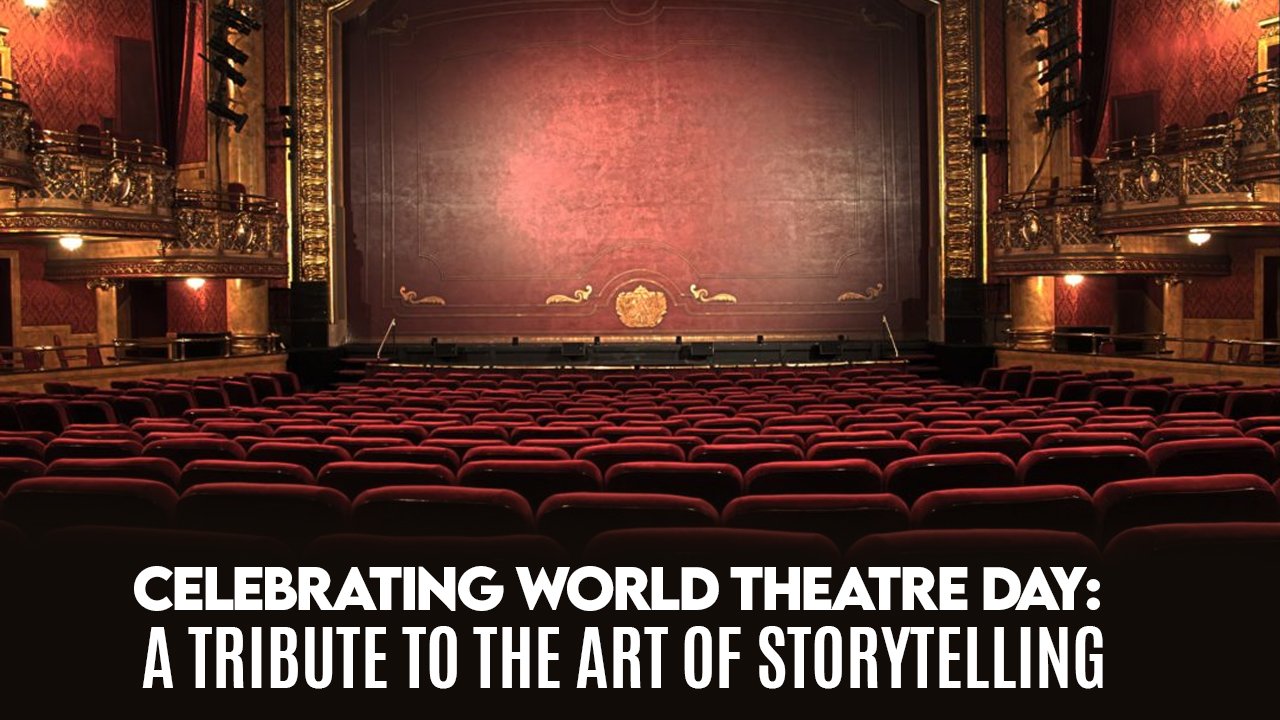
Celebrating World Theatre Day: A Tribute to the Art of Storytelling
Celebrating World Theatre Day: A Tribute to the Art of Storytelling
Read more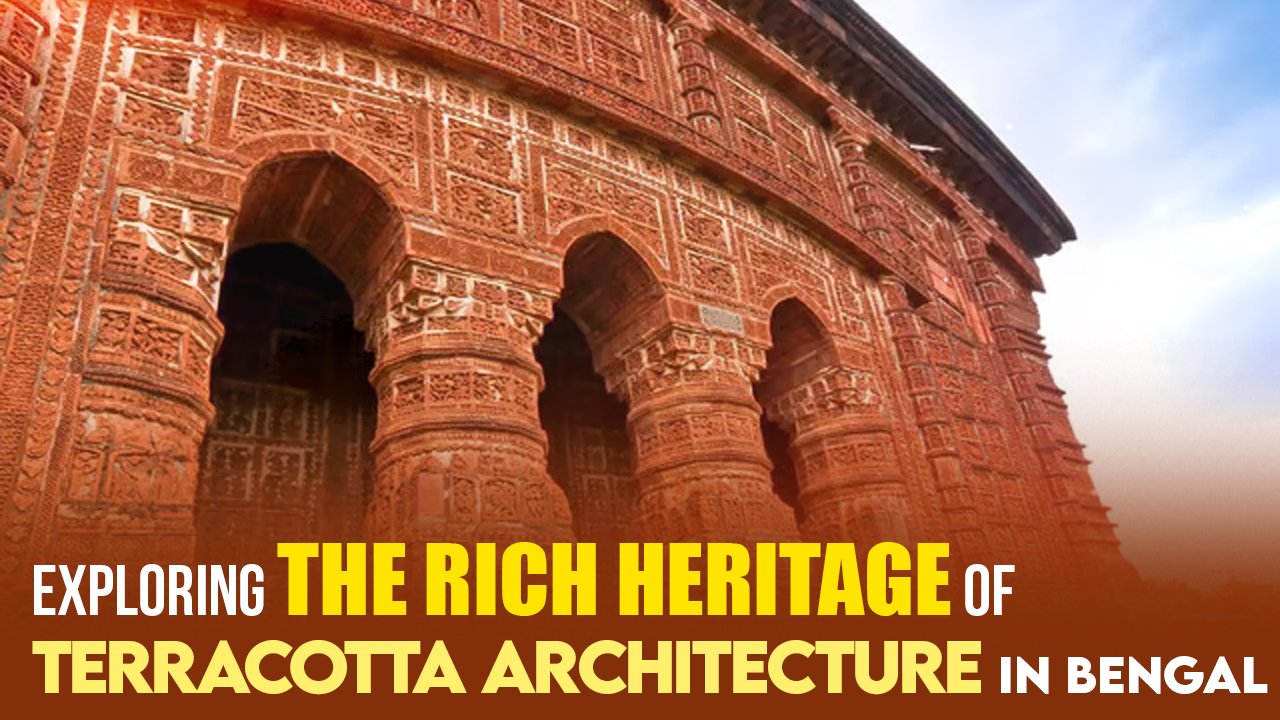
Exploring the Rich Heritage of Terracotta Architecture in Bengal
Exploring the Rich Heritage of Terracotta Architecture in Bengal
Read more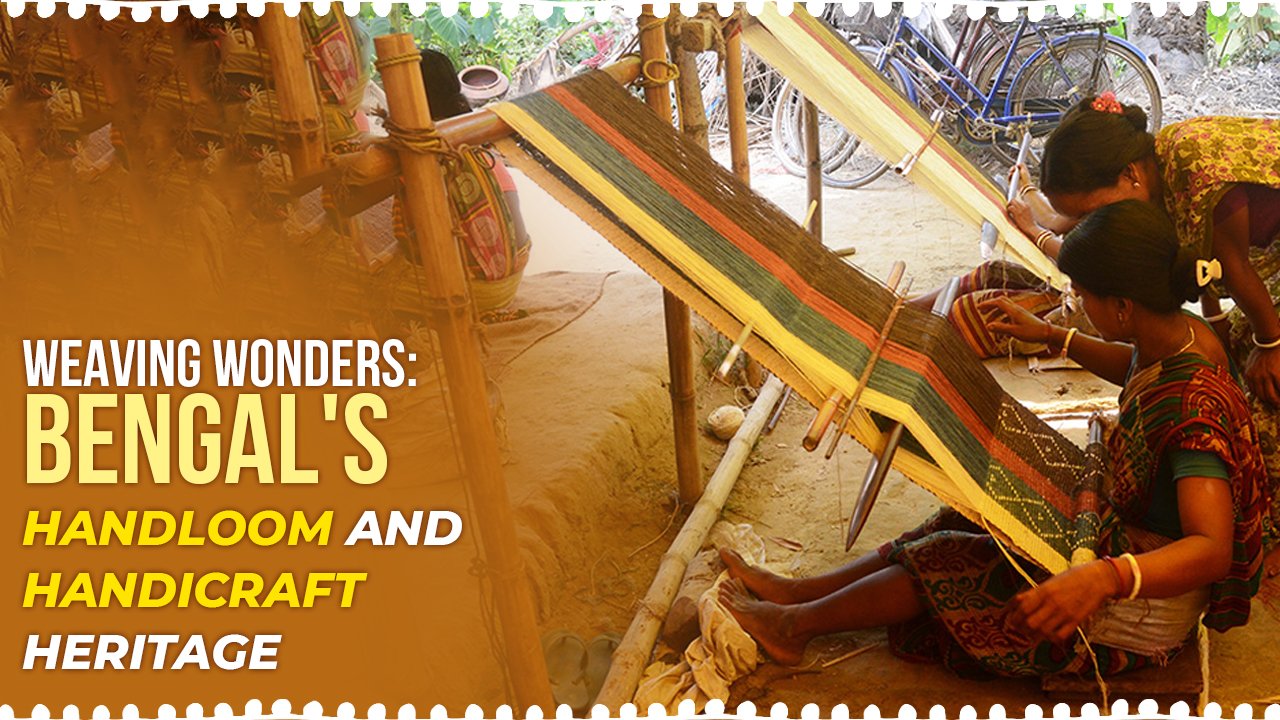
Weaving Wonders: Bengal's Handloom and Handicraft Heritage
Weaving Wonders: Bengal's Handloom and Handicraft Heritage
Read more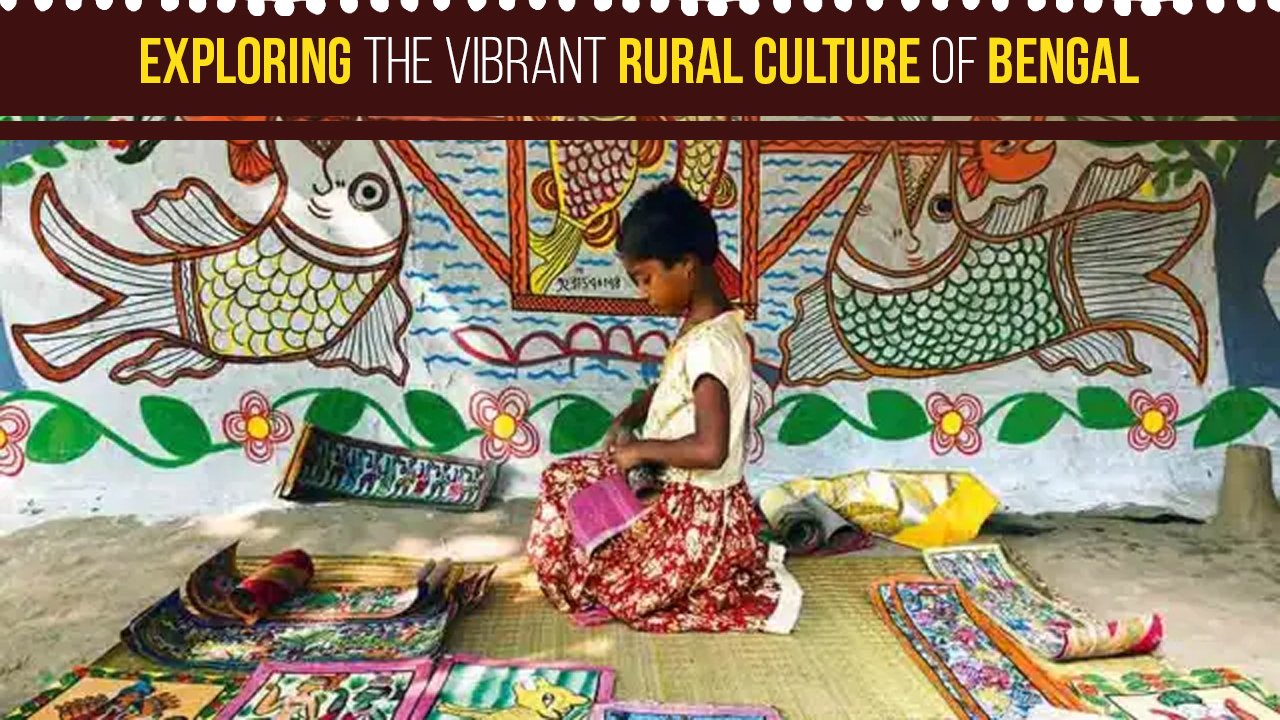
Exploring the Vibrant Rural Culture of Bengal
Exploring the Vibrant Rural Culture of Bengal
Read more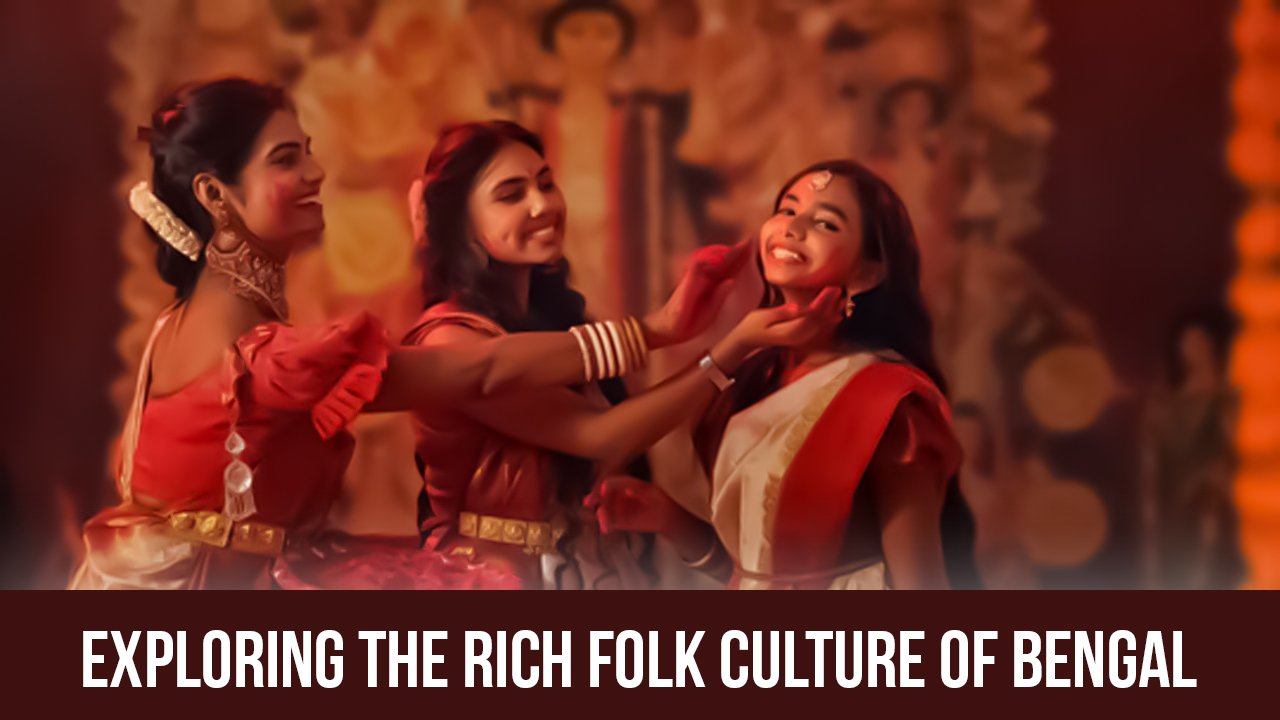
Exploring the Rich Folk Culture of Bengal
Exploring the Rich Folk Culture of Bengal
Read more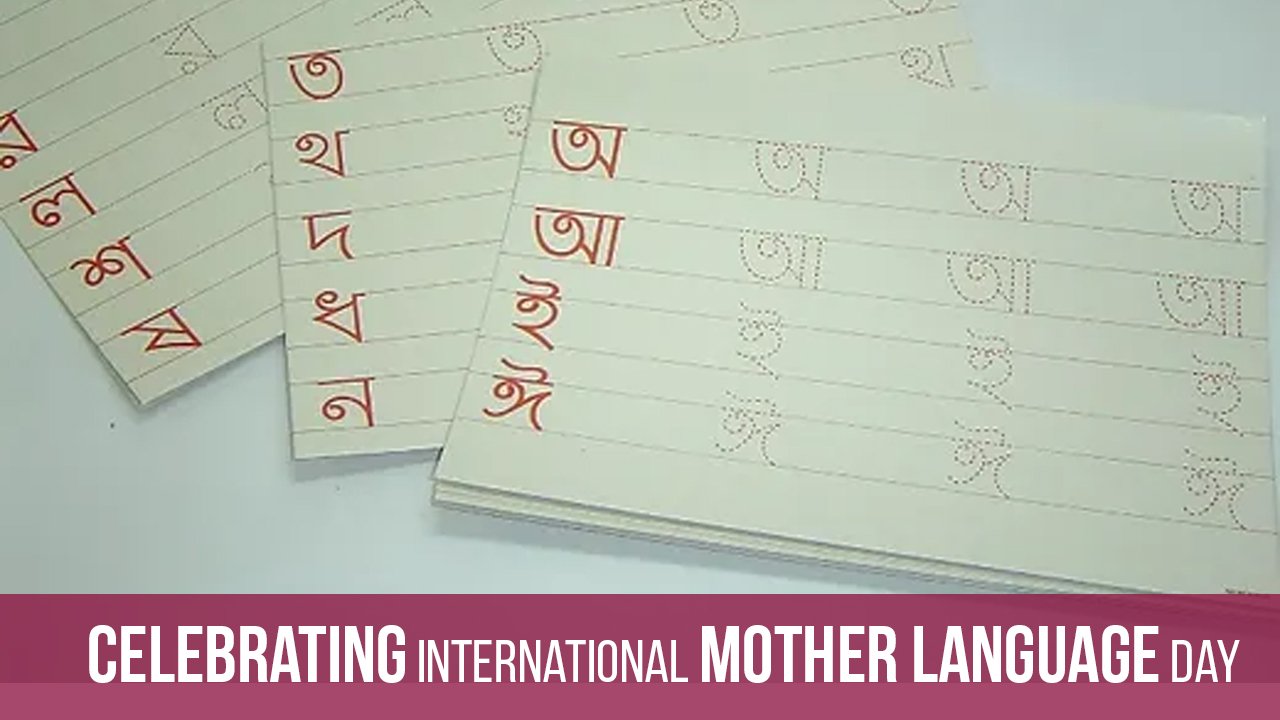
Celebrating International Mother Language Day
Celebrating International Mother Language Day
Read more
Bhadu Gaan: A Melodic Tapestry of Rural Bengal
Bhadu Gaan: A Melodic Tapestry of Rural Bengal
Read more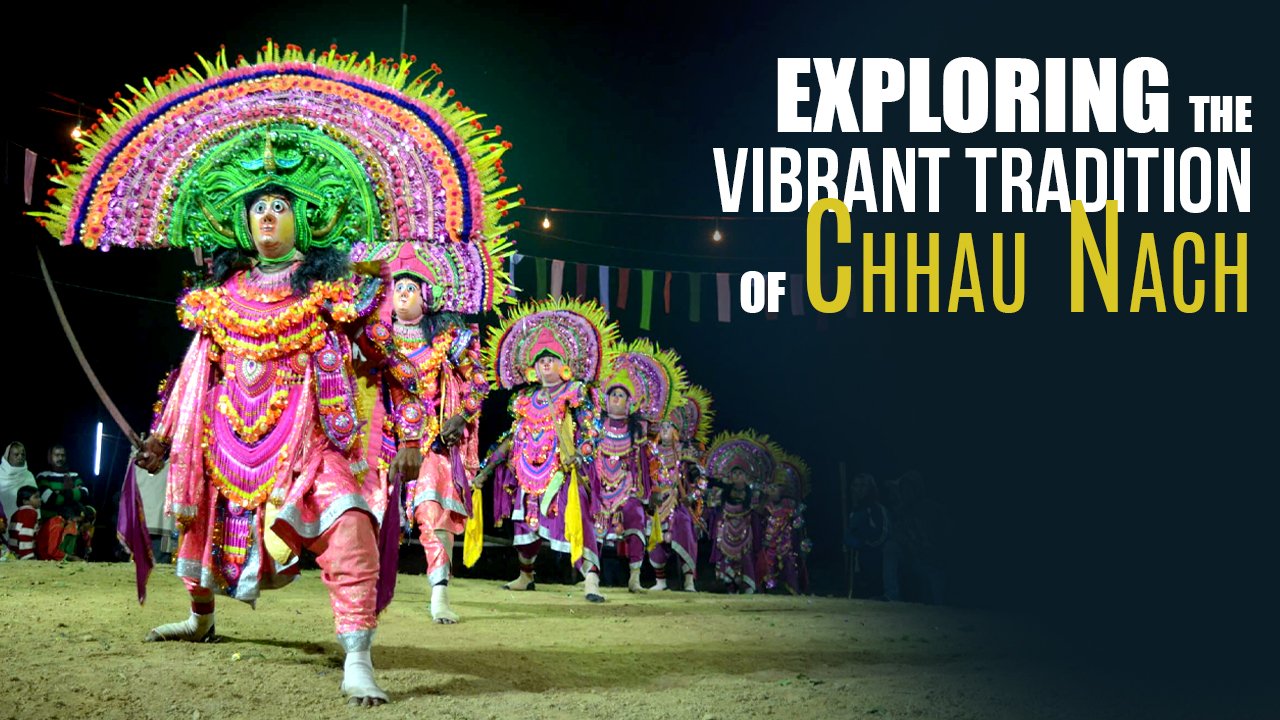
Exploring the Vibrant Tradition of Chhau Nach
Exploring the Vibrant Tradition of Chhau Nach
Read more
Exploring the Vibrant Tradition of Chhau Nach
Exploring the Vibrant Tradition of Chhau Nach
Read more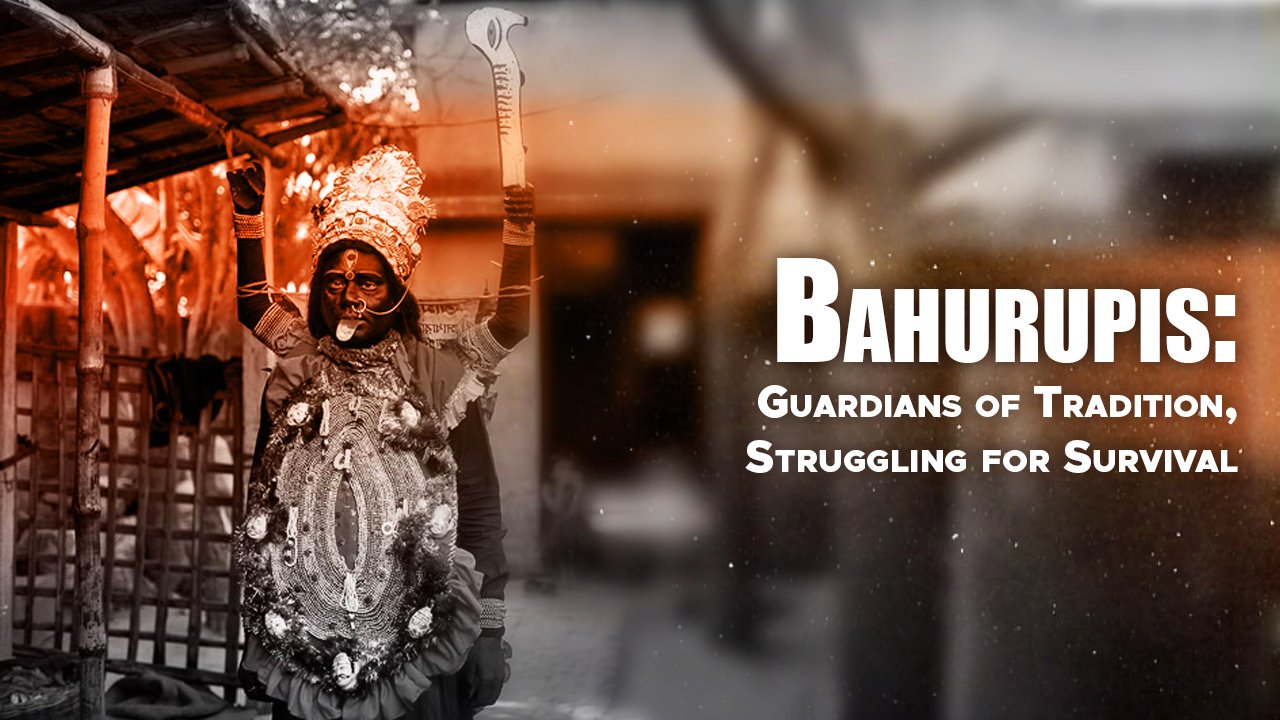
Bahurupis: Guardians of Tradition, Struggling for Survival
Bahurupis: Guardians of Tradition, Struggling for Survival
Read more
Tips to Stay Cozy and Comfortable in Winter
Tips to Stay Cozy and Comfortable in Winter
Read more
Title: Unveiling the Art of Method Acting
Title: Unveiling the Art of Method Acting
Read more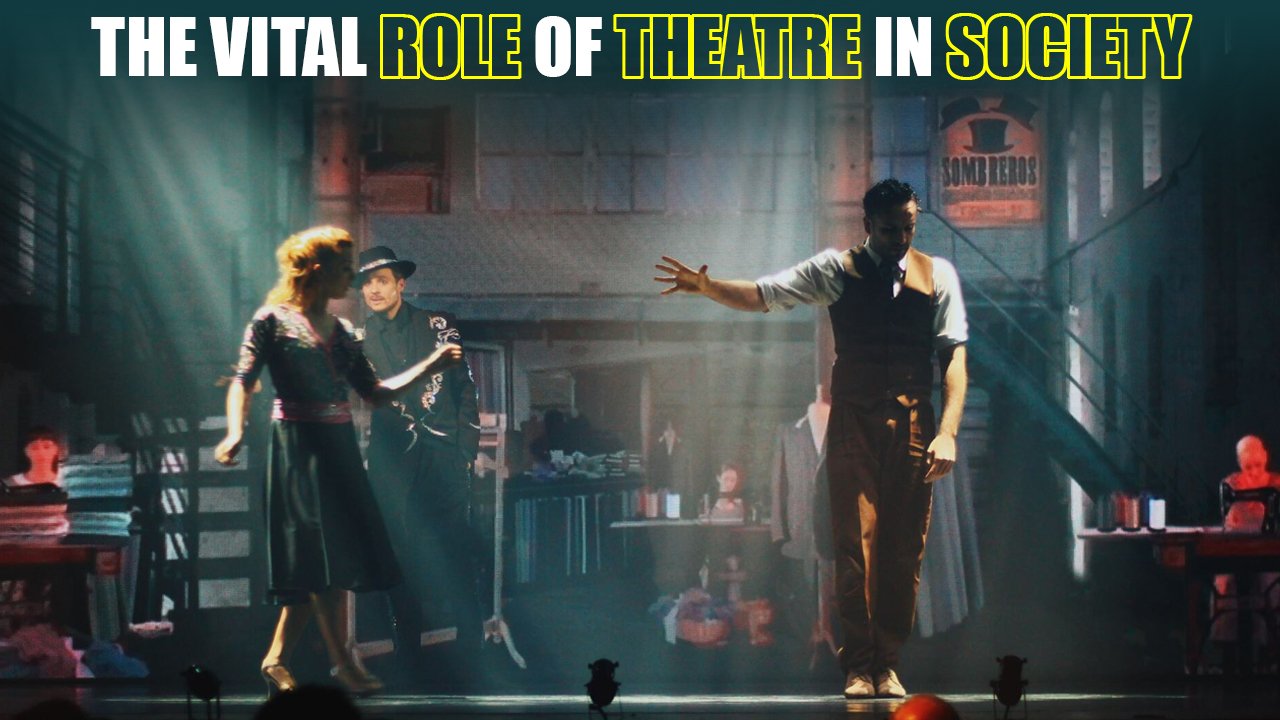
The Vital Role of Theatre in Society
The Vital Role of Theatre in Society
Read more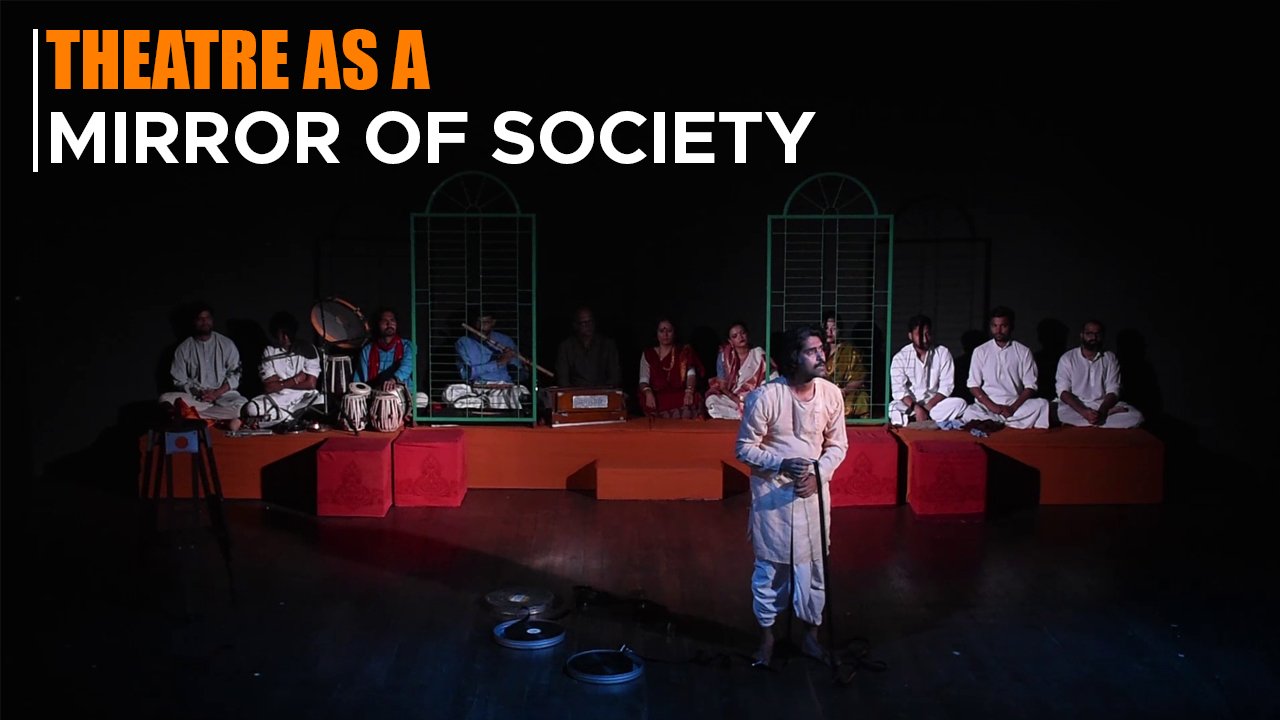

Title: The Journey of a Theatre Artist
Title: The Journey of a Theatre Artist
Read more
Cinematic Chronicles: Navigating the World of Films
Cinematic Chronicles: Navigating the World of Films
Read more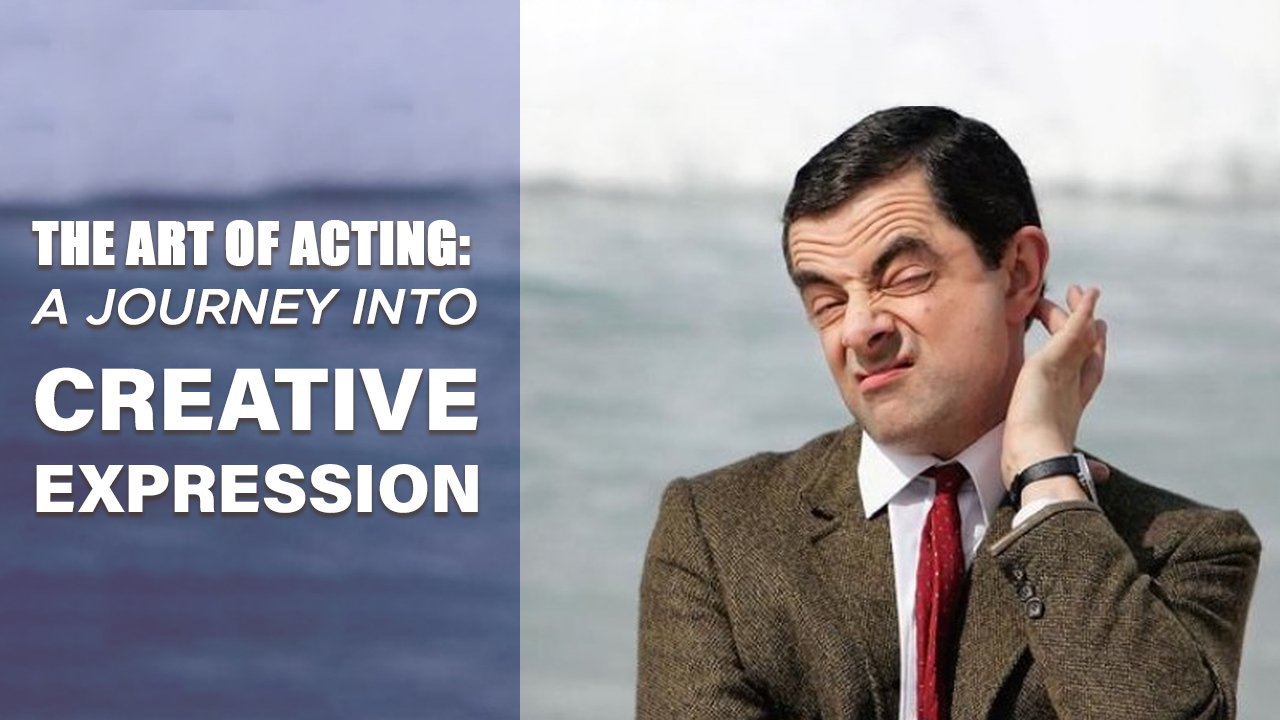
The Art of Acting: A Journey into Creative Expression
The Art of Acting: A Journey into Creative Expression
Read more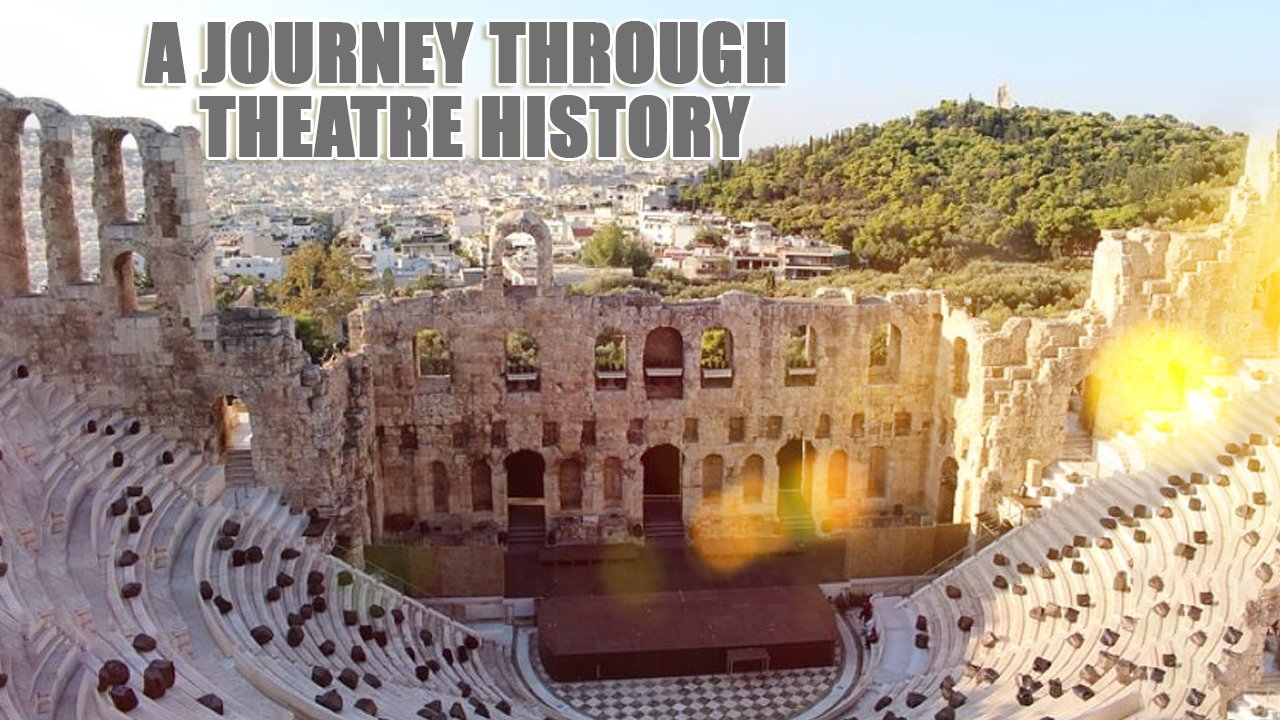
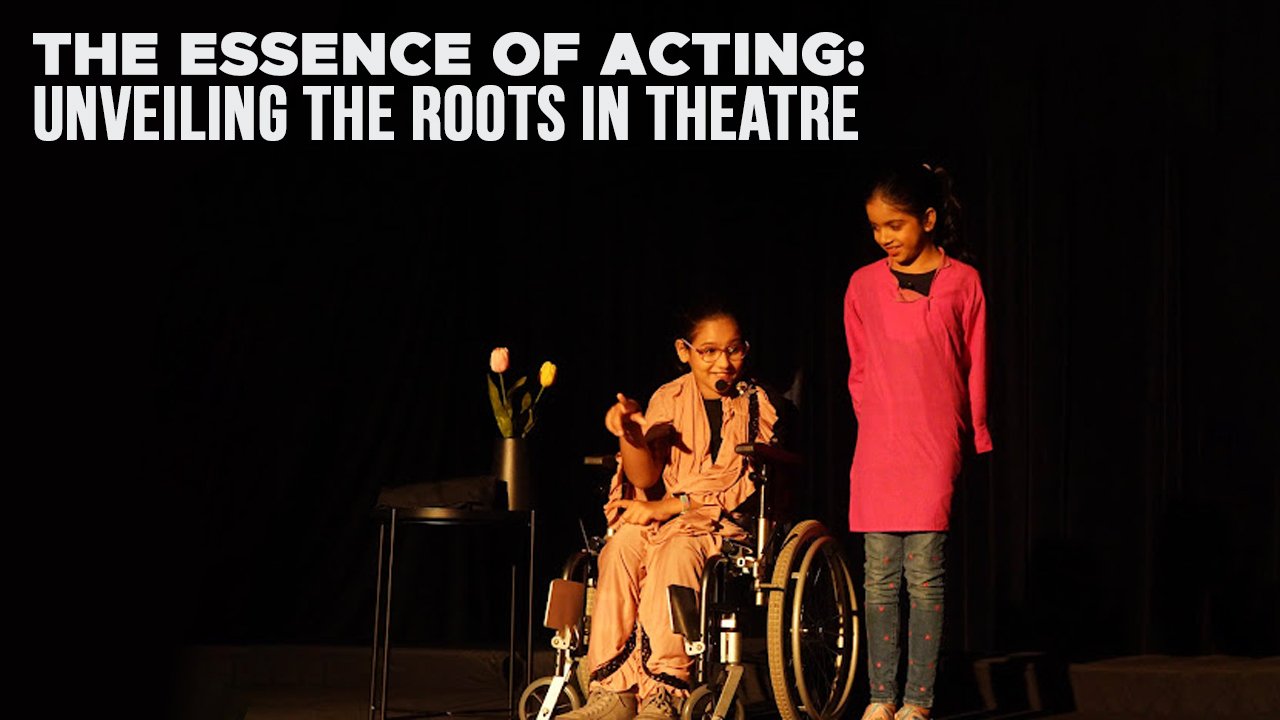
The Essence of Acting: Unveiling the Roots in Theatre
The Essence of Acting: Unveiling the Roots in Theatre
Read more
A Glimpse into the Enchanting Entertainment World
A Glimpse into the Enchanting Entertainment World
Read more